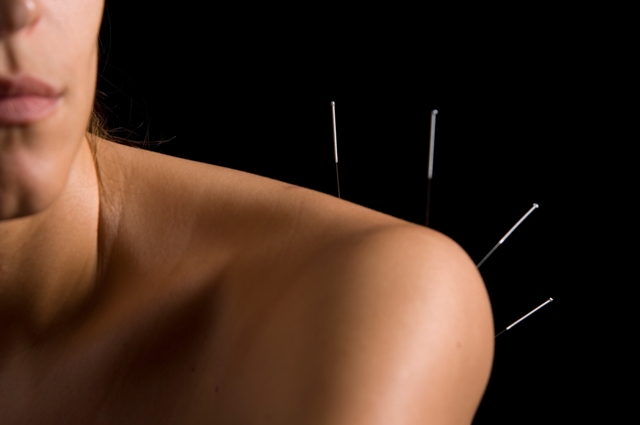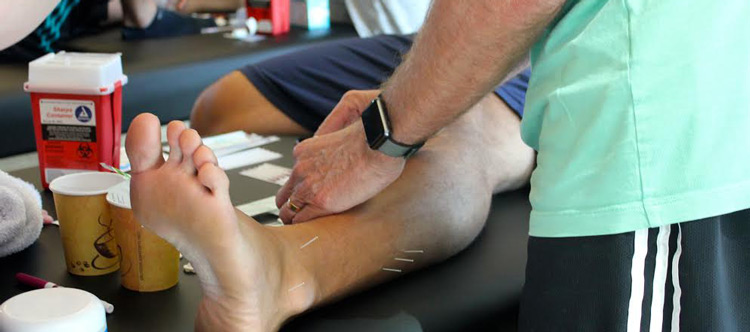Dry Needling for Pediatric Injuries| Safe for Kids Ages 12+
One of our most important jobs as parents is to keep our children safe. However, as any parent knows – kids are going to be kids, and they do occasionally get hurt and sustain pediatric injuries. Additionally, just like with adults, kids have their own unique personality quirks which can run the gamut from Evel Knievel wanna-be daredevils, to tripping-on-the-air klutziness. The analogy of kids being little scientists who like to experiment makes a lot of sense as a parent! Every developmental milestone they achieve brings a new layer of curiosity – kids like to see cause and effect. However, without knowing the inherent risks, children can get themselves into trouble and sustain pediatric injuries.
Pediatric Injuries: Falls, MVAs and Pedestrian Accidents
In a study published in the Journal of Pediatric Surgery, the leading cause of injury for pediatric age groups (patients aged 0-18 years old) were motor vehicle collisions and falls. Falls were the leading mechanism of injury for children ages 0–9, which makes sense given that this age group generally lacks the motor control and balance that comes with experience walking. Motor vehicle collisions were the leading cause of injury for children aged 10–18 years. Pedestrian accidents were the third most frequent mechanism of injury for children aged 3–6 years, while bicycle accidents were third for those ages 7–10 years. According to HealthPartners.com, other leading causes of pediatric injuries include:
- Being struck by an object (including sports injuries)
- Cuts or puncture wounds
- Bites and stings (caused by animals, insects and humans!)
- Foreign body removal (CEU manager Katie once had to take her daughter to urgent care for sticking an Orbeez blob into her nose)
- Burns ranging from sunburn to grabbing a hot pan or touching a barbecue.
According to Children’s Hospital Los Angeles physician Bianca Edison, MD, MS, a pediatric sports medicine and orthopedic physician, there are five signs that should that should prompt an immediate visit to the ER, known as “the five P’s”:
- Pain (extreme discomfort and sensitivity)
- Pallor (unhealthy pale appearance to the overlying skin)
- Pulse (weak or not detectable)
- Parasthesia (numbness or tingling)
- Paralysis (inability to move the injured body part)
Head injuries are the pediatric injuries we should be most concerned about. Dr. Bianca Edison states that symptoms of “severe crankiness above and beyond what the child normally displays, multiple vomiting episodes, slurred speech, different pupil sizes, and a sudden change in the way the child walks” are of significant concern and should result in a trip to the emergency room.
Dr. Edison also recommends seeking professional medical treatment for eye injuries, particularly if the child is experiencing a nosebleed in addition to a black eye or bleeding within the whites of the eye. She recommends heading straight for the Emergency Room if your child has two black eyes resulting from a head injury; blood is seen in the eyeball; a fracture or depression can be felt in the orbit (the bones around the eye); or your child experiences sudden and persistent vision changes, such as seeing double or blurred vision or having difficulty moving the eyes.
Fall injuries can often result in pediatric injuries to the mouth or teeth. If a baby tooth falls out, it’s not an emergency, but a dentist should examine the child within 24 hours. However, if an injury is caused to permanent teeth – this does constitute a dental emergency. If a permanent tooth comes out, you can gently rinse it off with saline (salt water) or warm milk, and attempt to reimplant it. If re-implanting the tooth is difficult, place it in saline or warm milk and then seek emergency treatment.
One of the most common pediatric injuries are also fractures, often caused by falling off beds, changing tables, sofas, coffee tables, play structures, or even from a standing height. Some indicators of a fracture include immediate swelling at the site of the injury, deformity, and reluctance to use the injured body part (holding an arm close to the body or not putting weight on the leg). Seek medical treatment as soon as possible to avoid long term damage.
Dry Needling for Pediatric Injuries
Here at Structure & Function Education, one of our preferred treatment modalities is of course, Dry Needling. Dry needling is becoming more and more frequently used in the treatment of pediatric injuries. Children’s Health reports that, just like with adult patients, dry needling is a highly effective tool to relieve myofascial dysfunction in athletic and active children and is helpful in alleviating pediatric injuries pain. These myofascial issues are often caused by repeated motion or mild trauma (like from getting hit in sports like hockey or football). Dry needling can also be used to address more chronic pediatric injuries in children with nerve pain and headaches. Dry needling is often used to treat muscle spasm in children who have had a brain injury, stroke, or spinal injury; and can also relieve pain in children with chronic headaches and concussions. It is important to note that the American Physical Therapy Association (https://www.apta.org/patient-care/interventions/dry-needling/laws-by-state) recommendation is that dry needling be used with patients aged 12 and older.
Visit www.structureandfunction.net/courses for upcoming in person dry needling classes in your area!





